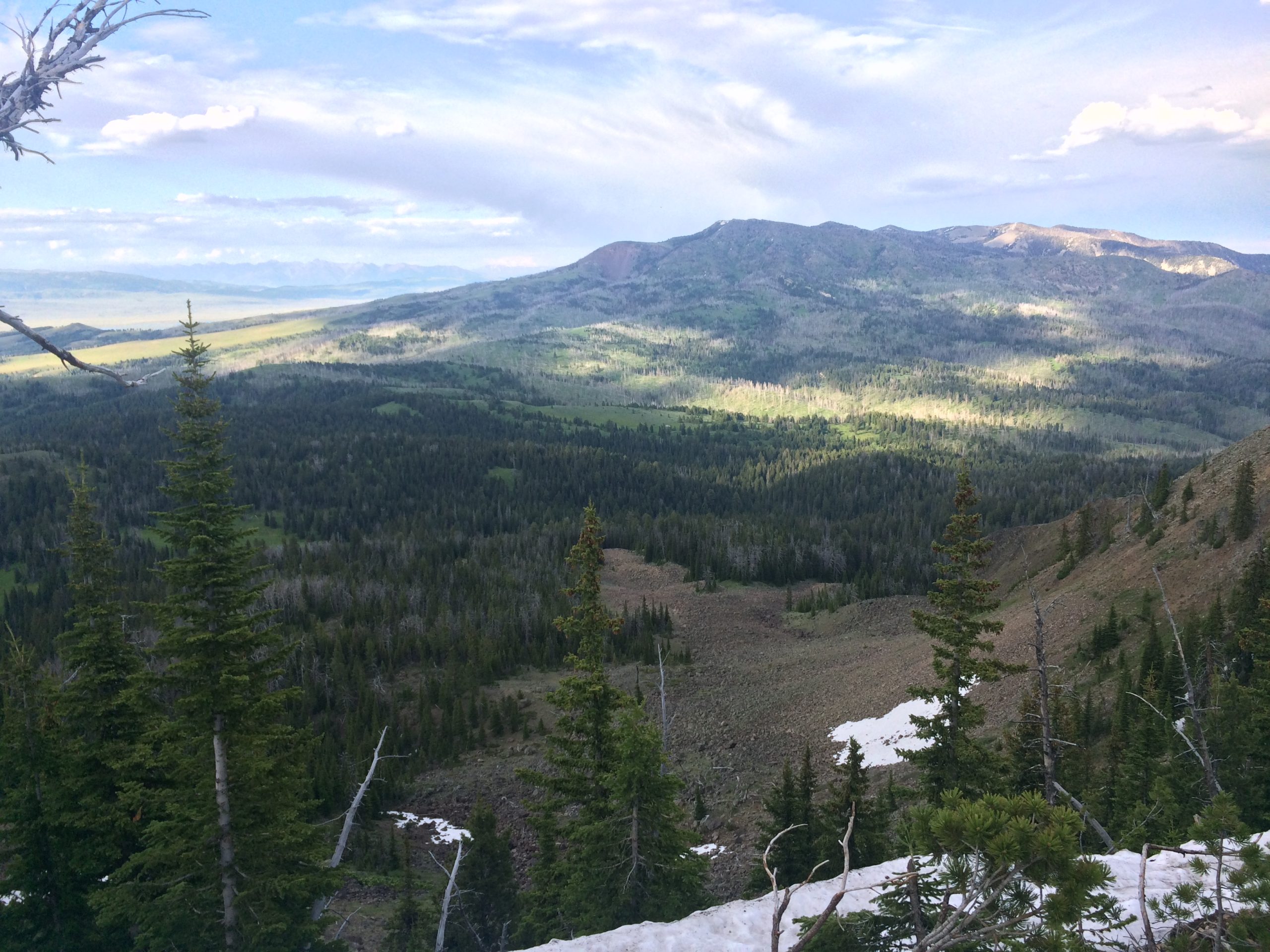
Status of the Kilgore Project
The end of 2019 has brought with its shortest-of-days some Kilgore Project-related gifts:
December 18, 2019 — Advocates for the West won a ruling from Idaho federal court that the U.S. Forest Service acted “arbitrarily and capriciously” in approving a Canadian mining company’s permit to explore for gold in eastern Idaho’s Caribou-Targhee National Forest.
In his ruling, Judge B. Lynn Winmill determined the Forest Service failed to adequately consider the project’s potential impacts on water quality and the Yellowstone cutthroat trout. He required the Forest Service to establish a baseline to detect any degradation of water quality and determine the project’s effects on the fish, which is listed as a “sensitive species.”
This update from Advocates for the West paints Judge Winmill’s December 2019 decision as a big victory for those who don’t want to see a pool of cyanide slurry upstream from their homes.
And there’s this article from the Associated Press, whose headline feels victorious for all but Otis Gold Corp. “Ruling Puts Hold on Gold Exploration Plans in Eastern Idaho”
Seems we have reason to rejoice. That is, as long as we don’t read Barron’s Magazine (whose article on the topic is precisely the same as this news release from Otis Gold Corp), where the headline reads “Federal Ruling Confirms Status of Kilgore Plan of Operations.” Craig Lindsay, President and CEO of Otis Gold, who found no time at all to comment to the Associated Press, provides a lengthy and victorious quotation to Barron’s (or Otis’s news release), calling Judge Winmill’s decision “hugely positive for Otis and our ongoing exploration efforts at Kilgore.”
As for myself, since I am not a shareholder in Otis Gold, but am a shareholder in public lands and clean water, I’ll take that AP headline and run, keeping the corner of my eye warily on Barron’s, just in case the shareholders do, in fact, have nothing to worry about w/r/t the Kilgore Project.
This fresh focus on the Kilgore Project takes me back a double-handful of months ago, when ScholarDay posted a number of articles about that proposed cyanide heap leach mine in the Centennial Mountains of eastern Idaho.
In one of these articles, The sublime majesty of cyanide, we brought up a few recent environmental disasters caused by the failure of tailings dams and the leaking of cyanide-laced slurry into river various systems. One of these, from a dam near the Baia Mare mine in Romania, was called the worst environmental disaster in Europe since Chernobyl.
A superlative that is not exactly praiseworthy.
Idaho Superlatives
If you, like me, were raised in Idaho and not quite smart enough to appreciate her multi-faceted beauty until you went away to study at a Large Midwestern University, you may have spent a fair amount of that Midwestern time looking up Idaho facts online, feeling both sad and excited.
It does not take much searching to become acquainted with a number of Idaho-related superlatives.
Here are a few fun ones.
Shoshoni Falls, which hurls the Snake River 212 vertical feet closer to the Pacific, is a full 45 feet higher than Niagara Falls, which hogs much of this nation’s waterfall tourism industry.

North America’s deepest river gorge, Hell’s Canyon, just as much a part of Idaho as it is of Oregon, is 7,993 feet deep, from the top of Idaho’s Seven Devils Mountains down to the writhing surface of the Snake River.
The second and third deepest river gorges on this continent are also found in Idaho, and Idaho alone. They belong to the Main Fork and Middle Fork of the Salmon River, which river also happens to be one of the longest free-flowing rivers left in the United States, at 425 undammed miles.

The King Cedar, a Western Red Cedar (Thuja plicata) near Elk River in Idaho’s panhandle, is the largest tree in North America east of the Cascades.
Idaho is the first (and only) state whose state seal was designed by a woman, Emma Edwards Green.
A Missed Superlative with the Kilgore Project?
And so, with the December 2019 ruling by Judge Winmill, it appears that the Kilgore Project may be facing an uphill battle. Which causes a small rift inside of myself. On the one hand, there are few things I want less than a large pit of cyanide slurry resting precariously behind an earthen dam in Eastern Idaho, which is my home.
On the other hand, though, I can see the headlines now:
DAM FAILURE IN EASTERN IDAHO CAUSES WORST ENVIRONMENTAL DISASTER IN RECENT US HISTORY.
And I’d be lying if I didn’t admit that a very silly part of me would appreciate that superlative for my silly little list.

Dale Baldwin
January 2, 2020Great stuff, Eric. Way to go Judge Winmill! Common sense actually prevails… for now. You are right Eric, Idaho is a pretty spectacular place to live.
Dale Baldwin
Alex
January 17, 2020Thanks for commenting, Dad. Idaho’s got so many hidden treasures that it seems silly to compromise them for a cheaper, short-term payoff of gold.